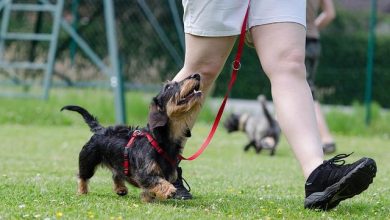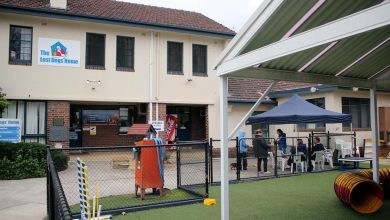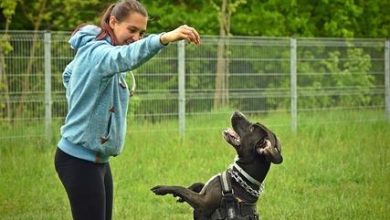How to Motivate Your Dog With Praise and Play

In a world where loyalty wears a wagging tail and joy is measured in bounding leaps, our canine companions remind us of the simple pleasures in life. Yet, behind those soulful eyes lies a creature eager to learn, to please, and to thrive. Just as humans find motivation in words of encouragement and moments of joy, dogs too flourish with the right blend of praise and play. This article delves into the art of harnessing these tools to inspire and energize your furry friend, transforming everyday interactions into opportunities for growth and connection. Whether you’re a seasoned dog owner or a new pup parent, discover how the power of positive reinforcement can unlock your dog’s potential and deepen the bond you share.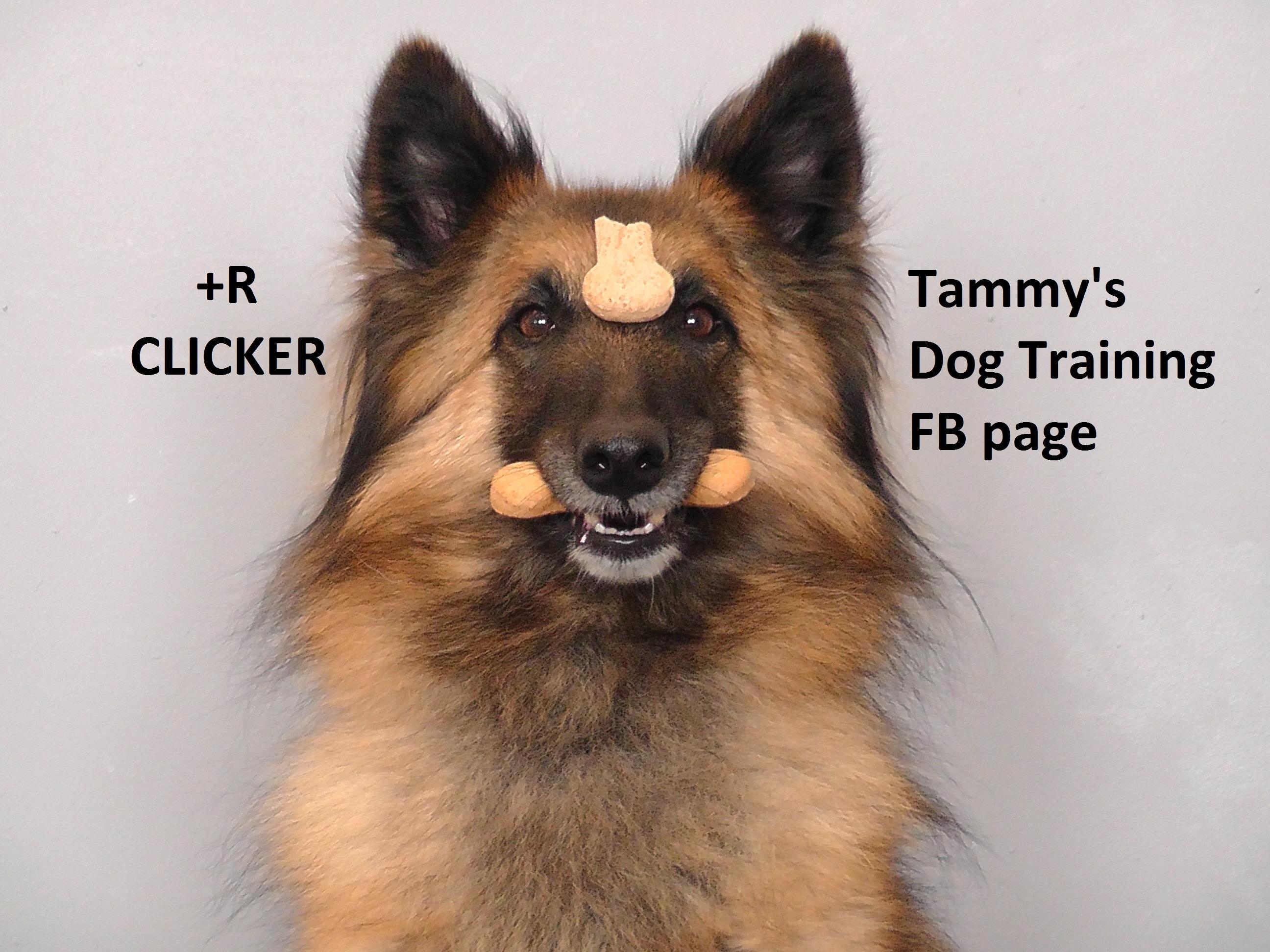
Understanding the Power of Positive Reinforcement
Positive reinforcement is a powerful tool in dog training, leveraging the natural desire of dogs to please their humans. By consistently rewarding good behavior with praise and play, you can effectively communicate what actions are desirable. Dogs thrive on consistency, patience, and love, and by incorporating these elements into your training sessions, you can foster a strong bond with your furry friend.
- Praise: Use enthusiastic and genuine words to express your approval. Dogs are incredibly perceptive and can sense your emotions through your tone of voice.
- Play: Incorporate games like fetch or tug-of-war as a reward. Playtime not only reinforces good behavior but also provides mental and physical stimulation.
- Treats: While praise and play are crucial, occasional treats can be an additional motivator. Just ensure they are healthy and given in moderation.
Integrating these elements into your training routine will not only motivate your dog but also make learning a fun and rewarding experience for both of you. Remember, the key is to be consistent and to celebrate small victories along the way!
Engaging Playtime: Tailoring Activities to Your Dogs Preferences
Understanding your dog’s unique play preferences can transform playtime into an enriching experience that enhances their physical and mental well-being. Every dog is different, and what excites one may not interest another. Start by observing your dog’s reactions to various activities. Do they light up when chasing a ball, or are they more inclined towards tug-of-war? Perhaps they enjoy the mental challenge of puzzle toys or the thrill of a game of hide and seek. By catering to these individual preferences, you can create a playful environment that keeps your dog engaged and motivated.
Consider the following activities to tailor playtime to your dog’s likes:
- Fetch Variations: Try using different objects like frisbees, sticks, or soft toys to see which your dog prefers.
- Interactive Toys: Puzzle feeders and treat-dispensing toys can keep your dog mentally stimulated and entertained.
- Scent Games: Hide treats around the house or yard and encourage your dog to use their nose to find them.
- Agility Courses: Set up simple obstacles in your backyard to create a fun agility course.
- Water Play: If your dog enjoys water, consider incorporating sprinklers or shallow pools into playtime.
By focusing on your dog’s preferences, you not only make playtime more enjoyable but also build a stronger bond through shared activities that are both fun and rewarding.
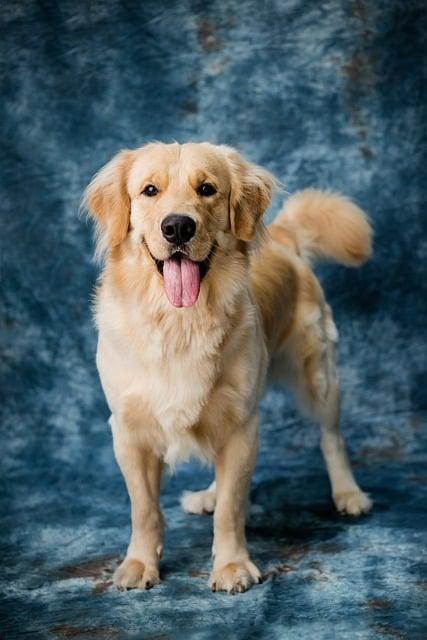
Mastering Verbal Praise: Tone and Timing Techniques
When it comes to motivating your dog, the art of verbal praise is a powerful tool. The key lies in mastering both the tone and timing of your affirmations. An enthusiastic and upbeat tone can significantly enhance your dog’s response to commands, making them feel excited and valued. Imagine the difference between a monotonous “good boy” and a lively “Good boy!”—the latter carries energy that dogs naturally gravitate towards.
Timing is equally crucial. Praise should be immediate, aligning closely with the desired behavior to create a clear connection in your dog’s mind. Here are a few tips to refine your technique:
- Be consistent: Use the same words or phrases to avoid confusion.
- Pair with physical gestures: A pat or a scratch can amplify the praise.
- Adjust to the situation: A calm tone works best for relaxing moments, while a vibrant tone is ideal for active play.
By mastering these elements, you create an environment where your dog is eager to learn and engage, turning simple praise into a powerful motivator.
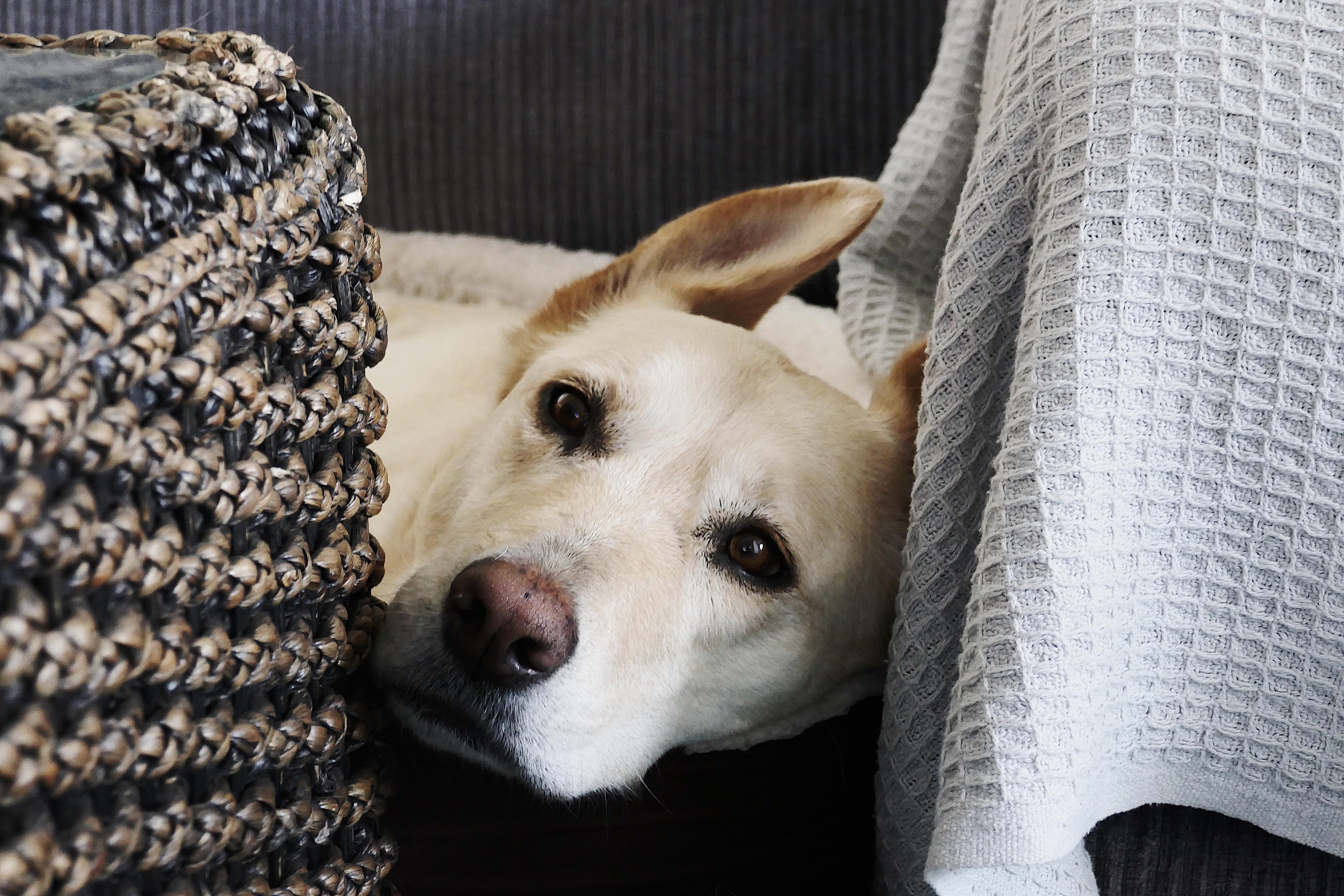
Building a Strong Bond Through Consistent Encouragement
When it comes to motivating your dog, nothing beats the power of consistent encouragement. A strong bond with your furry friend is built on trust, understanding, and, most importantly, positive reinforcement. Consistent encouragement can come in many forms, from verbal praise to interactive play. The key is to be sincere and genuine, making your dog feel valued and appreciated.
- Verbal Praise: Simple phrases like “Good job!” or “Well done!” can work wonders. Use a warm, enthusiastic tone to convey your excitement.
- Treats: Offer a tasty reward to reinforce good behavior, but ensure it’s part of a balanced diet.
- Playtime: Engage in activities your dog loves, whether it’s a game of fetch or a tug-of-war. This not only provides physical exercise but also strengthens your bond.
- Petting and Affection: A gentle pat or a loving scratch behind the ears can be incredibly rewarding for your dog.
By incorporating these elements into your daily routine, you create an environment where your dog feels supported and motivated. Remember, the goal is to nurture a relationship where your dog eagerly looks forward to every interaction, knowing that love and encouragement await.
